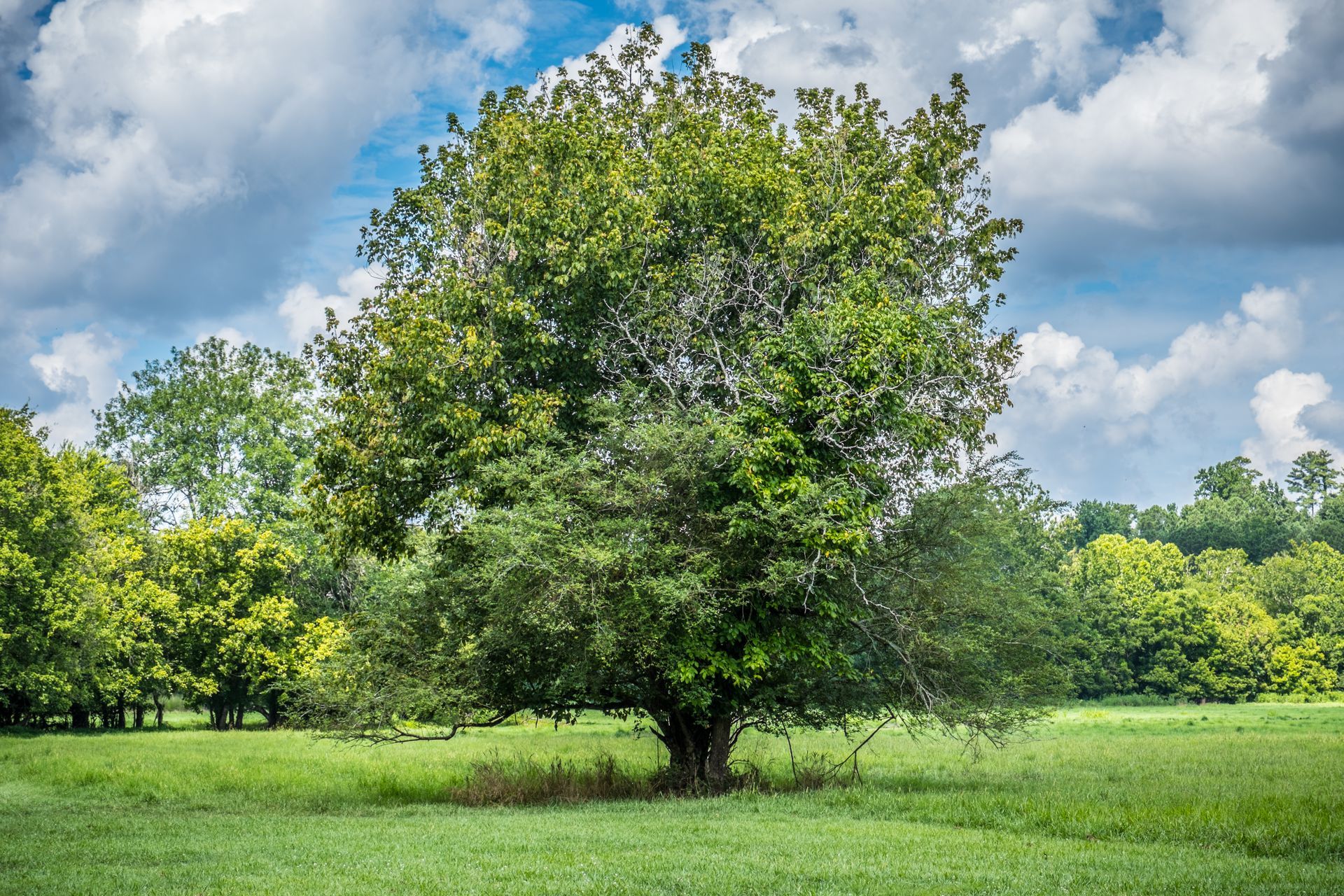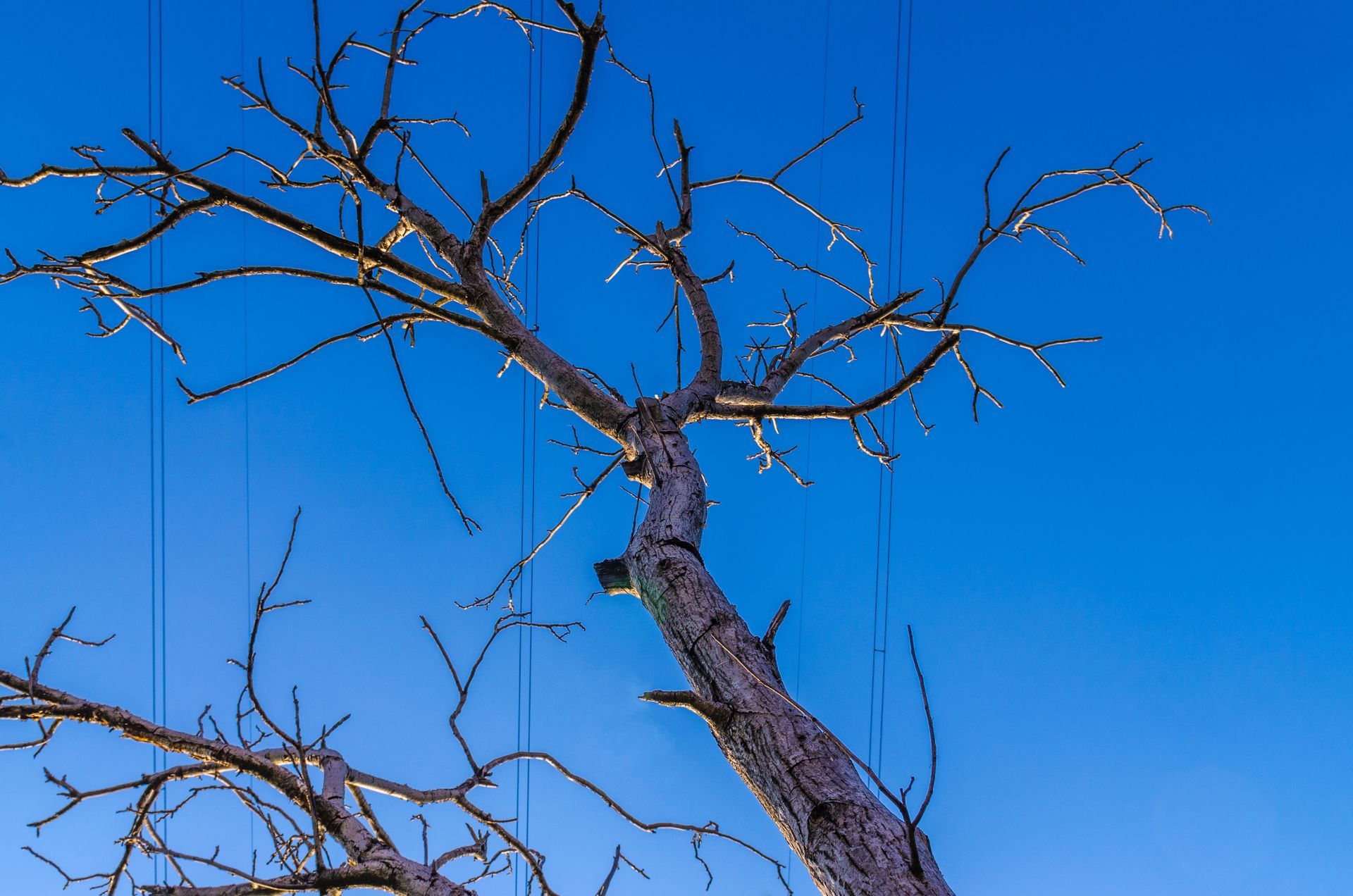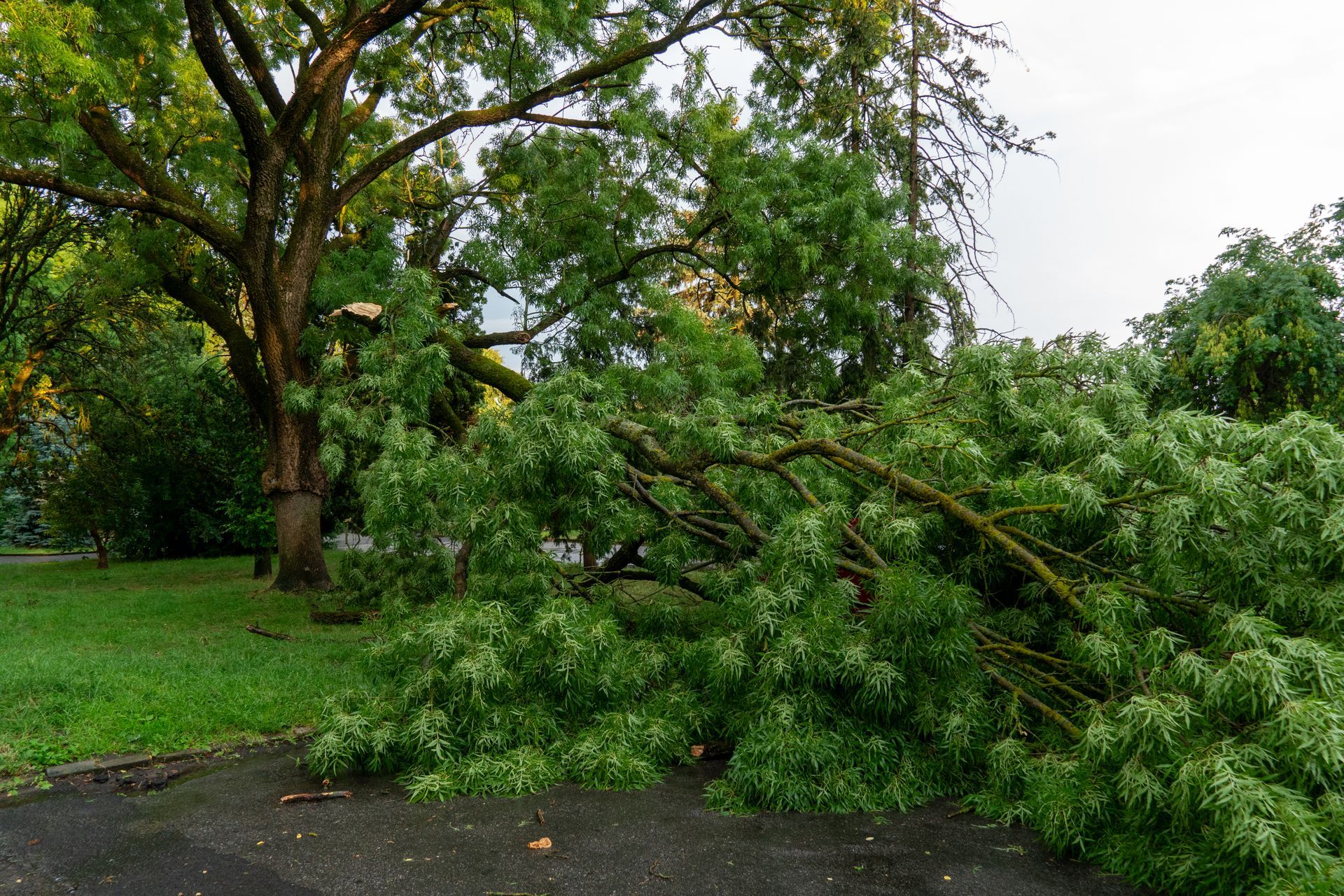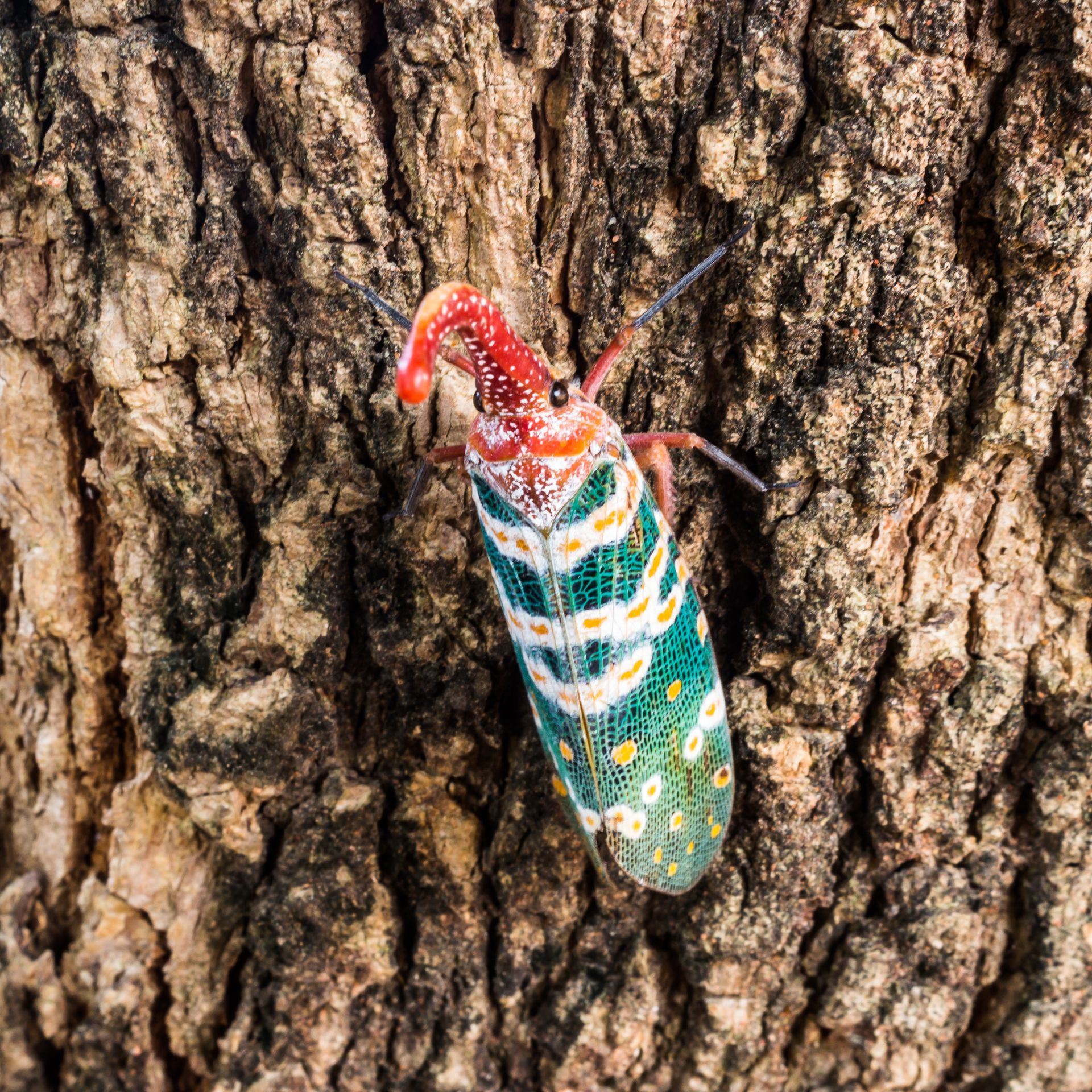What is the Lifespan of an Oak Tree?
🌳 How Long Do Oak Trees Live in Farmington, CT?
Understanding the Lifespan and Care of Connecticut’s Iconic Oaks
Oak trees are more than just beautiful — they’re a living piece of history. In Connecticut, and especially here in Farmington and surrounding towns, oaks define our landscapes with their towering canopies and deep roots. But how long does an oak tree actually live? And what can you do to help yours thrive for generations?
The Average Lifespan of an Oak Tree
Most oak trees live between 200 and 400 years, depending on their species and growing conditions. Some even surpass the 1,000-year mark under ideal circumstances. In Connecticut, white oaks (Quercus alba) are especially long-lived — many of the state’s largest and oldest trees belong to this species.
Factors That Affect How Long an Oak Lives
The lifespan of an oak isn’t just determined by genetics. A few key factors play major roles in its longevity:
🌱 1. Species and Genetics
There are over 600 types of oaks worldwide, but not all are created equal in terms of lifespan.
- White Oaks – Can live 300+ years with proper care.
- Red Oaks – Average around 200 years.
- Pin Oaks and Turkey Oaks – Grow quickly but tend to have shorter lives.
🌤️ 2. Environment and Soil Conditions
Healthy soil and proper drainage are essential. In Farmington and nearby areas like
Avon, Canton, and Simsbury, heavy clay soils or compacted urban soils can stress an oak, shortening its lifespan.
To help:
- Aerate compacted soil.
- Mulch around the base to retain moisture.
- Avoid piling soil or mulch against the trunk.
✂️ 3. Regular Tree Care and Maintenance
Even centuries-old trees need attention.
- Prune dead or diseased limbs every few years to prevent decay.
- Water deeply during dry spells, especially for younger oaks.
- Schedule inspections with a certified arborist to catch issues early — this is one of the best ways to extend an oak’s life.
⚡ 4. Storms, Droughts, and Natural Events
Strong winds and ice storms (common in Connecticut winters) can damage even sturdy oaks. After major weather events, have your trees inspected for cracks or root damage — early intervention can prevent decline.
🏙️ 5. Human and Environmental Impact
Urban development, pollution, and construction damage can stress or kill mature trees. If you’re planning landscaping or hardscaping near an oak, protect the root zone — roots often extend far beyond the canopy.
Why Oak Tree Care Matters
Healthy oaks aren’t just beautiful — they add property value, support wildlife, and stabilize soil. A dying oak, on the other hand, can become a hazard. Investing in preventative care today saves thousands in removal costs later.
Professional Oak Tree Care in Farmington, CT
At Fleet Farmington Tree Service, we specialize in maintaining and preserving mature oak trees across Farmington, Avon, Simsbury, and surrounding towns. Whether it’s strategic pruning, soil improvement, or storm damage care, our team helps your oaks stay strong for decades to come.
In short:
With proper care, the oak in your yard could outlive you — and your grandchildren. Give it the right soil, space, and expert attention, and it’ll return the favor with shade, beauty, and history that endures.










